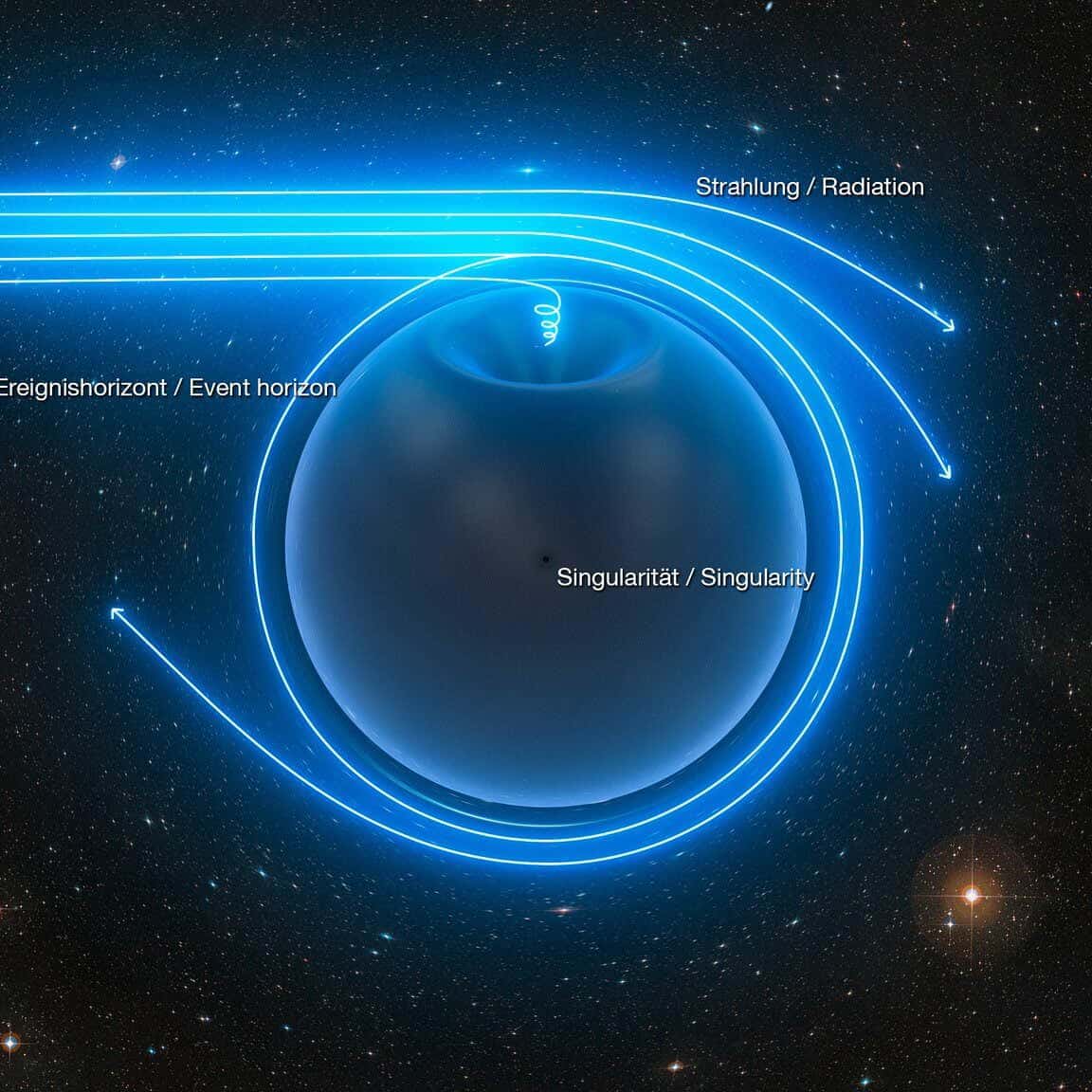A simplified explanation of black holes and the consequences of falling into one.
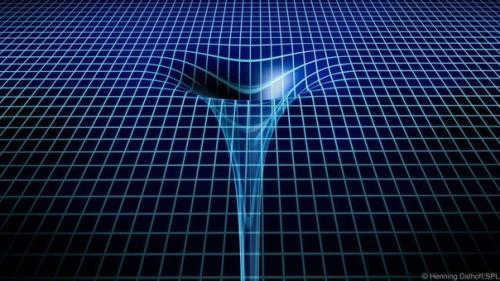
Understanding the Concept of a Black Hole: A Simplified Explanation
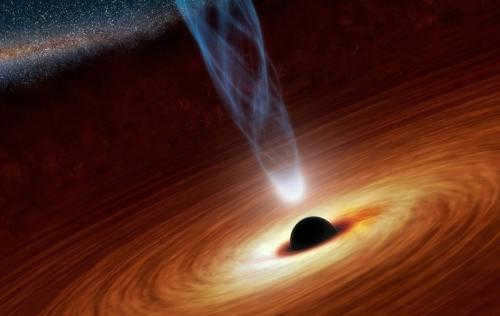
Explaining the Concept of a Black Hole in Layman’s Terms: Understanding the Enigma of Space’s Abyss
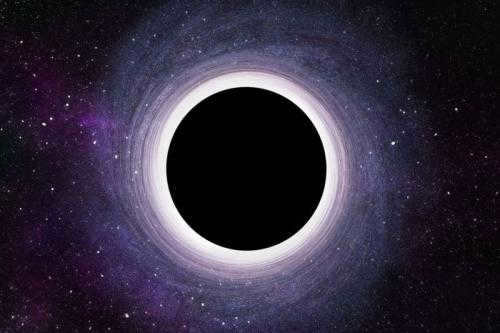
A black hole is a phenomenon in the Universe that remains shrouded in mystery. Its existence is difficult to detect visually, as it does not emit any light, rendering it nearly invisible.
Essentially, a black hole can be described as a rupture in space. Its immense gravitational force warps space to the extent that it forms a void from which nothing can escape once it enters. Even beams of light are powerless against its pull.
Active black holes actively consume matter from their surroundings, steadily growing in mass. As their gravitational influence expands, they have the capacity to attract new matter.
However, there are also dormant black holes that exist but are unable to access any matter. Under certain circumstances, these dormant black holes can be reactivated.
Black holes play a crucial role in shaping the universe. Without them, the universe would have a drastically different appearance. It is believed that galaxies would not exist at all in the absence of black holes. Currently, scientists are studying the impact of black holes on galaxy formation.
A black hole is an incredibly dense object that absorbs all light, making it appear completely black. The immense gravitational pull of a black hole causes light rays to deviate from their original path. The extent of this deviation depends on the proximity of the light beam to the black hole.
This phenomenon is known as light bending. When there is a black hole positioned between us and a distant galaxy, we anticipate that the light from the galaxy will be bent as it passes through the gravitational field of the black hole.
Gravitational lensing is the term used to describe the bending of rays. This phenomenon occurs when there are large collections of mass, such as galaxies or clusters of galaxies, in the path of the light, causing it to be bent.
As a result, galaxies can suddenly appear multiple times, creating a ring-like formation around a black hole. These rings can be seen when star fields are photographed by the Hubble Space Telescope. Although the black hole itself is not visible, the presence of the rings indicates its existence.
However, the image of the galaxy or star is not perfectly aligned and can be slightly displaced.
When light rays from a distant star pass through the gravitational field of a black hole, they are deflected from their original path.
As a result, an observer on Earth does not see the star in its actual location. Instead, the star appears to be slightly offset, sometimes by a factor of two or more!
If a black hole was once part of a binary star system that transformed a star into a black hole, it would exhibit a perpetual process of siphoning matter from the remaining star.
During this process, an accretion disk materializes around the black hole, wherein the “stolen” matter swirls around the vicinity and gradually plunges into it.
The evolution of black holes and the various types that exist
When a massive star reaches the end of its life, it undergoes a supernova explosion and sheds its outer layers. The remaining core of the star collapses and condenses into an extremely small space. This results in the creation of a black hole, from which light can no longer escape.
If this were to occur with our Sun, its diameter would shrink to a mere 3 km!
To have a supernova flash, a star must have a weight of at least eight times that of the Sun. When the outer layers of the star collapse, an impressive black hole is formed, where the mass of the original star is concentrated into a small space.
Black holes may form when two stars collide and combine their masses. If the mass exceeds a certain threshold, the resulting star collapses into a black hole.
There exist supermassive black holes that are millions or even billions of times the mass of our Sun. These black holes are located at the center of most galaxies.
Their exact origins are still unclear and are currently being studied. It is possible that black holes form through mergers or by consuming a significant amount of matter from their surroundings over time, leading to their extreme weight. Some believe that the presence of a black hole can contribute to the formation of a large galaxy.
It is difficult to determine whether there exist minuscule black holes in the cosmos due to the inability to track them. However, it is conceivable that one might inhabit a washing machine and ingest various items from within?
At present, primordial black holes exist solely as a theoretical concept. They could have emerged shortly after the occurrence of the Big Bang, when matter was densely packed into a limited area. In certain regions, it is plausible that the density was so high that it facilitated the formation of a black hole.
What are Black Holes and how are they created? How do black holes form?
There exist numerous hypotheses and realistic explanations for the emergence of black holes. The most straightforward and widely accepted realistic theory is the gravitational collapse of massive stars.
At the core of every galaxy, there exists an incredibly massive black hole. As per Einstein’s theory of relativity:
“Any object with mass has the power to warp both space and time.”
Now, try to envision the extent to which a black hole can distort the fabric of time and space. Due to its immense mass being condensed into an ultra-compact volume, this peculiarity arises:
“Black holes possess the remarkable capability to essentially halt time and compress space. As a result of this extraordinary distortion, these celestial voids become imperceptible to us.”
Exploring the Concept of Black Holes: Could our Universe Reside within one?
Discovery of Black Holes: A Plethora of Intermediate-mass Black Holes
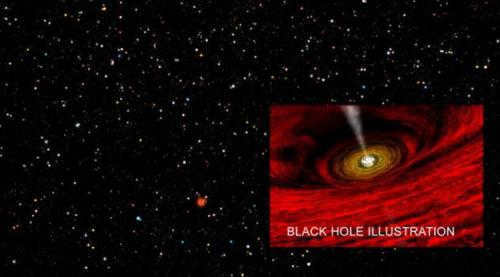
Out of all the types of black holes, the intermediate (or intermediate) mass black holes are the most remarkable. These black holes have a mass much greater than stellar-magnitude black holes (ranging from 10 to several tens of solar masses), but much smaller than supermassive black holes (ranging from a million to hundreds of millions of solar masses). It was previously believed that this kind of black hole occurred much less frequently than the other two categories mentioned, but a recent finding has challenged this viewpoint.
Scientists made a remarkable discovery in 2018 when they identified the primary location for the occurrence of such objects. Curiously, medium-mass black holes tend to be concentrated in the nuclei of compact galaxies, although the reasons behind this phenomenon remain elusive. Consequently, the once uncommon variety of black hole is now considered to be more prevalent. Additionally, this finding holds the potential to shed light on another enigma associated with black holes.
One of the biggest mysteries in contemporary astronomy revolves around the characteristics of supermassive black holes. Researchers are baffled by the fact that certain supermassive black holes found within relatively small galaxies have expanded rapidly in size since the inception of the universe. The existence of intermediate-mass black holes may hold the key to unraveling this enigma. One theory suggests that supermassive black holes have evolved from intermediate-mass black holes, while another proposes that they were initially born as such. However, the exact process by which this transformation occurs remains elusive to scientists. Nevertheless, it appears that progress is being made in the right direction.
First, let’s gain an understanding of the concept of a black hole. A black hole is formed when a star has exhausted all of its fuel and collapses due to its own immense gravitational pull. According to Albert Einstein’s theory of general relativity, gravity has the ability to distort space. When an object becomes so dense that it warps the fabric of spacetime, a rupture in reality occurs. This phenomenon is what we refer to as a black hole. The gravitational force exerted by a black hole is so strong that even light cannot escape its grasp. This is why it is aptly named a black hole.
The outermost layer of a black hole is known as the event horizon, which acts as a spherical boundary that balances the gravitational pull of the black hole with the forces attempting to free light from its clutches. If an object crosses the event horizon, the chances of it escaping the black hole’s grip are virtually nonexistent.
So, what would happen to a person if they were to venture into a black hole?
Death caused by radiation
Reaching a black hole would pose a formidable challenge. Black holes are typically surrounded by matter – gas remnants from absorbed stars. This gas revolves around the black hole, gaining incredible speed and becoming intensely hot. Known as an accretion disk, this matter emits powerful electromagnetic radiation.
Therefore, even during the journey towards the black hole, the unfortunate astronaut would be exposed to a deadly amount of radiation (also check out: No possibility: the effects on the human body on various planets in the solar system).
Disintegration
If an individual were able to successfully withstand the effects of radiation, they would then face the accretion disk itself – a reservoir of unimaginably hot gas. In fact, the temperature of the gas in the disk surpasses even that of the Sun.
Consider this – our own star is heated to a mere 15 million Kelvin, with a surface temperature of nearly 6,000 Kelvin. Meanwhile, the accretion disk reaches temperatures in the millions, and even trillions, of Kelvin. Consequently, the astronaut would be instantaneously incinerated by the blistering heat emanating from the disk.
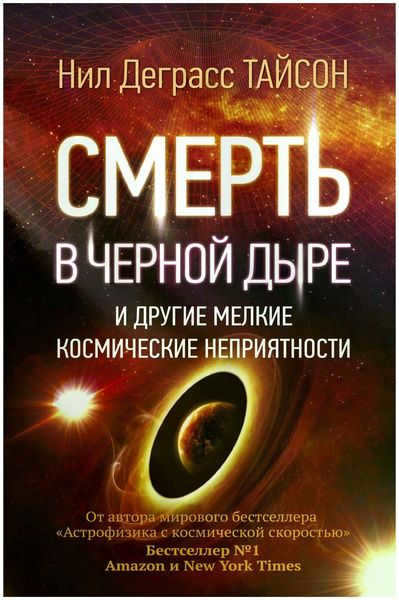
The novel titled “Demise in a Dark Hole and Other Insignificant Celestial Problems”.
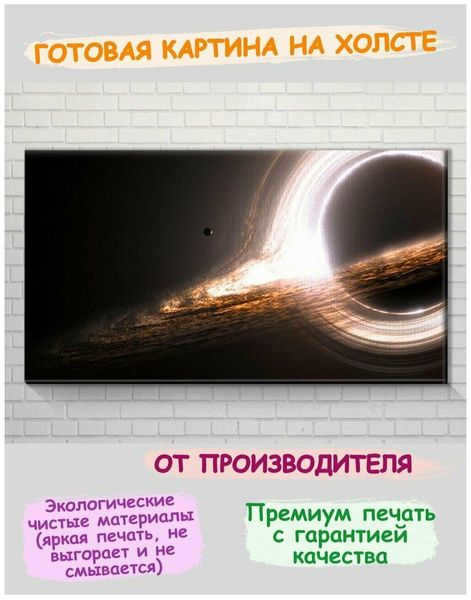
Experience the mesmerizing 3D artwork of the “Black Hole” on canvas.

The book “Black Holes and Young Universes”
Spaghettification Explained
In the unlikely event that an individual manages to evade the intense radiation and scorching heat surrounding a black hole, their journey will continue as they begin to fall into its abyss. Should the black hole possess a comparably modest mass, the astronaut will experience an effect known as spaghettification (also known as: The terrifying reality of space travel: the horrors that await you aboard the ISS).
Essentially, as one nears the black hole, the gravitational pull becomes increasingly stronger, causing a disparity in its effect on different parts of the body. This discrepancy is referred to as the “tidal force”. The individual will be subjected to a relentless cycle of being torn apart, repeatedly, until they ultimately disintegrate into a stream of atoms.
The division of the universe
In the event that the black hole is sufficiently large, an individual will have the ability to enter it without being torn apart. This occurrence will result in the splitting of reality into two distinct paths. In one path, the astronaut will be instantly annihilated by the intense gravitational forces near the event horizon. In the other path, the astronaut will embark on an eternal journey through the black hole, remaining completely unscathed.
During the journey deep into the black hole, the fabric of space and time becomes increasingly distorted and infinitely curved at its core. This phenomenon is known as the gravitational singularity. Within this region, the laws of physics, time, and space cease to have any significance.
In the actuality of an astronaut who finds himself beyond the event horizon, he remains completely unaltered, unscathed, and propels directly towards the singularity. He experiences weightlessness and lacks any sensation of his own mass. This is what Albert Einstein referred to as “the most fortunate concept” of existence. The astronaut’s journey is infinite – and he will dwell in this condition until his demise within the singularity.
However, what occurs in the alternate reality? If an individual were observing the astronaut from the opposite side of the black hole, the visual representation would be entirely distinct. Initially, the observer would witness the astronaut elongate in height and subsequently compress in width. The light beams would progressively decelerate, creating the illusion that the astronaut’s velocity is diminishing. Subsequently, the sequence of events would appear to unfold at increasingly spaced out intervals. Ultimately, when the astronaut reaches the event horizon, they would seemingly disintegrate into vapor from the observer’s perspective.
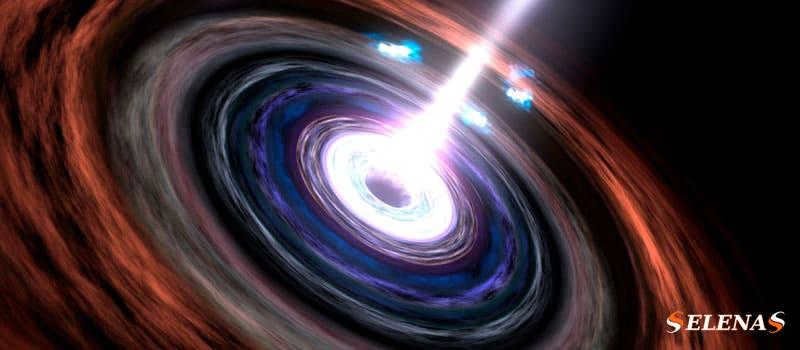
This article aims to explore the potential consequences of falling into a black hole.
Black holes are enigmatic entities that defy our current understanding of physics.
Comprehending their nature is a formidable task.
Moreover, we have yet to ascertain the true essence of black holes and their behaviors.
Nevertheless, we can observe black holes and formulate theories about their capabilities.
Thus, the inevitable question arises: what would transpire if an individual were to enter a black hole?
Here, we present 10 unsettling theories regarding the possible outcomes of venturing into a black hole.
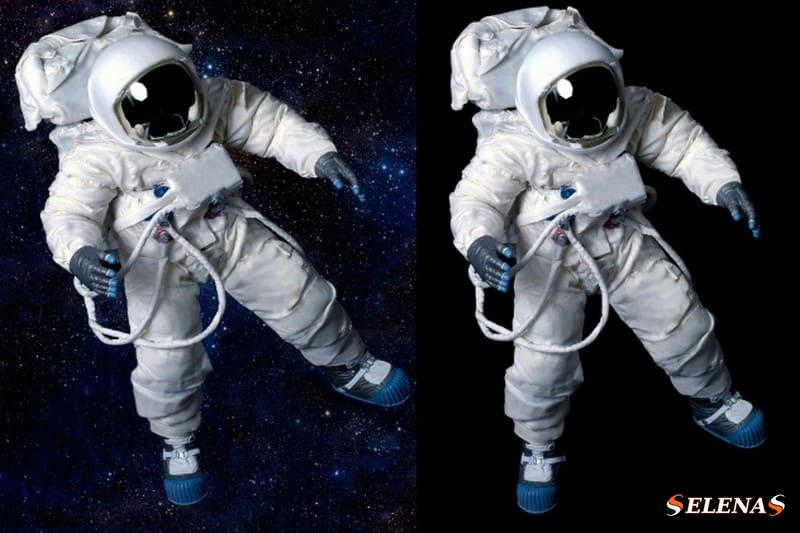
The enigma of the black hole information paradox has perplexed scientists for centuries.
It has sparked countless discussions regarding the true consequences of entering a black hole.
In order to fully comprehend this paradox, we require the assistance of your companion, Elena.
At the very last moment, Elena had a change of heart and is currently observing your solo descent into the black hole from a distance.
As you approach, she witnesses your gradual elongation until you ultimately disintegrate and transform into a crispy shell.
At this point, Elena assumes you have perished and is relieved she did not heed your advice.
However, the tale does not conclude in this manner.
In actuality, you remain alive and well, endlessly traversing through the black hole.
What transpires next for you is presently irrelevant to our narrative.
What is really fascinating is the fact that despite Elena witnessing your death, you are still alive.
This is known as the black hole information paradox.
It is not a mirage, and neither you nor Elena are experiencing madness.
According to the laws of physics, you are deceased outside of the black hole and alive within it.
Some physicists have proposed that there is no paradox because both realities cannot be observed simultaneously.
Others have suggested that cloning (the existence of two versions of you) is a solution to this paradox, even though it contradicts the laws of quantum mechanics regarding the conservation of information.
In the end, there is no definitive answer to this paradox (at least not yet).
Perhaps in thousands of years, we will gain a true understanding of what is truly happening.
What we can be certain of is that it is no longer advisable to bring Elena along on our journeys.
9. Spaghettification
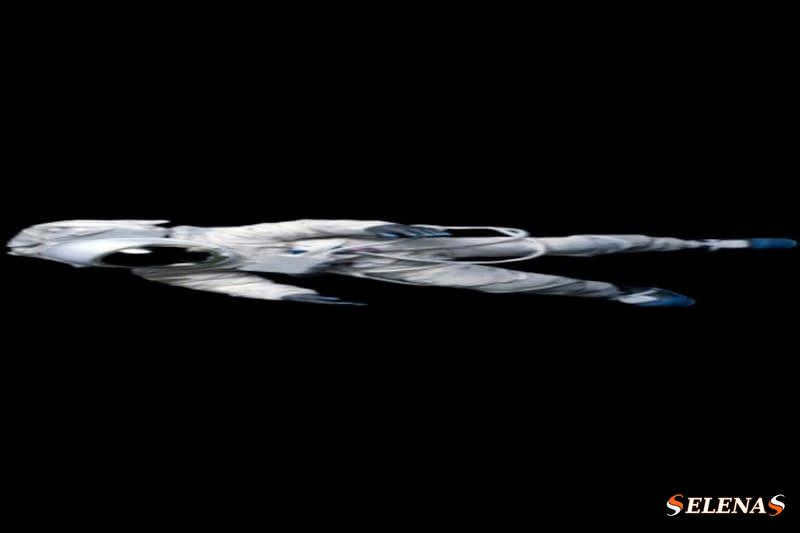
Once you enter the event horizon of a black hole, it is hypothesized that you will begin to experience tidal forces caused by the immense gravitational pull.
Upon falling into a black hole, the gravitational force acting on your body will be so strong that it will overcome the cohesive forces holding you together, resulting in your body being torn apart.
Furthermore, if you dare to bravely dive headfirst into a black hole, the force on your head will be significantly greater than that on your feet, causing you to stretch out and assume a shape resembling spaghetti.
The concept behind this phenomenon is that the disparity in gravitational acceleration between your head and feet at that moment is so immense that you will undergo a stretching process, resembling the shape of spaghetti.
As a result, scientists have coined the term “spaghettification” to describe this process.
8. The alteration of light, space, and time
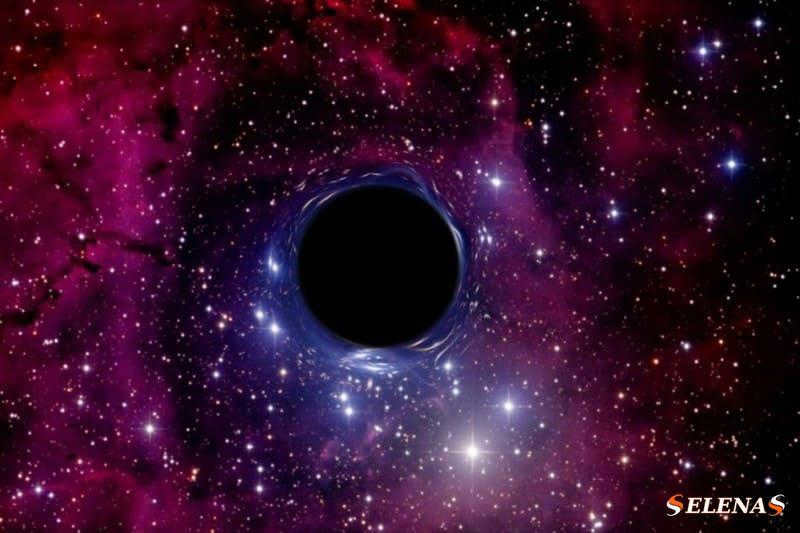
Upon exiting the event horizon of a black hole, one will immediately observe the profound disparities in light, space, and time.
Once within its confines, the familiar laws of physics cease to hold sway, giving way to a new set of principles.
The immense gravitational forces generated by the singularity at the core of a black hole possess the ability to contort space, manipulate time, and distort light.
Consequently, your perception of events will be dramatically altered compared to your pre-event horizon experiences.
Naturally, this transformation will persist only until you are engulfed in the desolate void, rendering your senses obsolete.

The most brilliant physicists in history, including Einstein and Hawking, have proposed that it may be possible to travel into the future by defying the laws of physics within a black hole.
As previously mentioned, inside a black hole, the laws of physics no longer apply, and an entirely new set of laws take effect.
One notable difference within a black hole is the concept of time.
Gravity warps time, and a black hole is essentially an immensely powerful gravitational force.
With this in mind, it is theorized that this distortion of time could potentially open up the possibility of time travel.
By exploiting the significant time differential between the inner and outer event horizons, it may be conceivable to journey to a future world where you are still 25 years old while your closest companion is now 60 due to the effects of gravitational time dilation.
Certainly, it should be acknowledged that at present, we lack the capacity to journey to a black hole, not to mention the ability to enter and exit unscathed.
6. You lead an ordinary existence
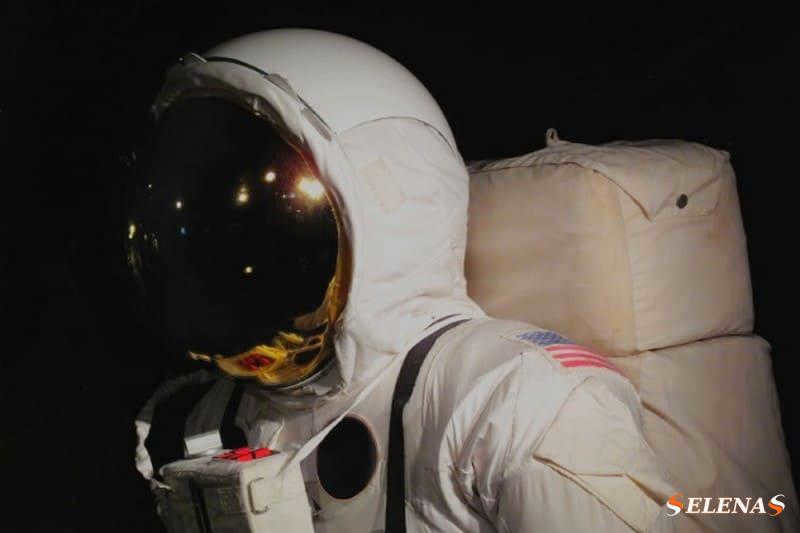
If we were given the opportunity to choose a black hole to enter, we would likely opt for a supermassive black hole or a Kerr black hole.
If we were able to reach the black hole situated at the core of our galaxy, which is located 25,000 light years away and is 4.3 million times more massive than our Sun, we could lead our lives inside it as per usual.
The concept behind this is that the gravitational force experienced by anyone entering it is minimal due to the event horizon being much farther away from the center of the black hole.
Consequently, one would be able to continue living normally inside the event horizon until they either starve, dehydrate, or ultimately succumb to the singularity.
Make your predictions as to which will occur first, as no one knows for certain.
Moreover, there is a theoretical possibility of leading a life within a Kerr black hole, a distinctive kind of black hole proposed by Roy Kerr in 1963.
Kerr postulated that if collapsing stars converged within a “rotating ring of neutron stars,” one could potentially enter the black hole unscathed because the ensuing centrifugal force would avert the formation of a singularity.
If there were no singularity within a black hole, one would not need to apprehend the presence of infinite gravitational forces, thereby allowing for a normal existence.
5. Experience Einstein’s Most Joyful Idea Live

Einstein envisioned that by executing a specific motion of free fall, it would be possible to nullify the gravitational force.
This would result in the absence of one’s own weight during free fall, and any object thrown at the same time would appear to be suspended rather than descending.
This idea, proposed by Einstein, served as the foundation for his world-renowned theory of general relativity, and is considered one of his most successful thoughts.
And this notion might also be your most joyous if you were to plunge into a black hole.
Even if you were to free fall into the abyss of the unknown, you would not be able to perceive the descent until you reached the singularity of the black hole.
The reason for this is that all the objects surrounding you are collapsing in relation to you, rather than to someone observing from an external perspective.
4. Albino aperture
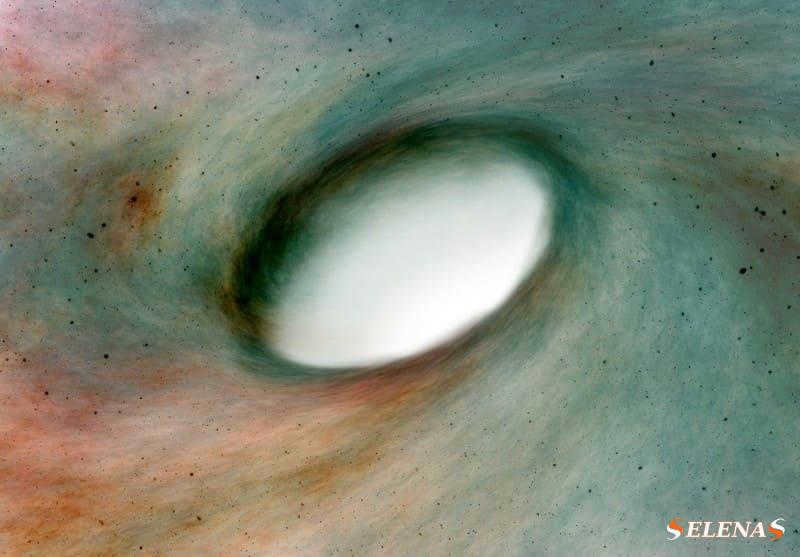
It is common knowledge that a black hole engulfs everything that enters its event horizon, to the extent that even light cannot escape.
Less well-known is the ultimate destination of these doomed particles.
One hypothesis suggests that whatever enters the black hole emerges from the other end, known as the white hole.
Naturally, since no one has ever observed a white hole, its true color remains a mystery.
However, it is called a white hole because it represents the exact opposite of a black hole.
Instead of absorbing everything that enters it, a white hole expels everything contained within it.
Just as escaping a black hole is impossible, entering a white hole is equally unattainable.
Simply put, the white hole ejects all the matter that the black hole consumed into a parallel universe.
This hypothesis has prompted scientists to contemplate white holes as the source of our familiar universe.
If, by some miracle, you were to survive plunging into a black hole and finding a way to elude its white hole, it’s highly unlikely that you would ever be able to reenter this universe.
3- Witness the unfolding of the universe’s history
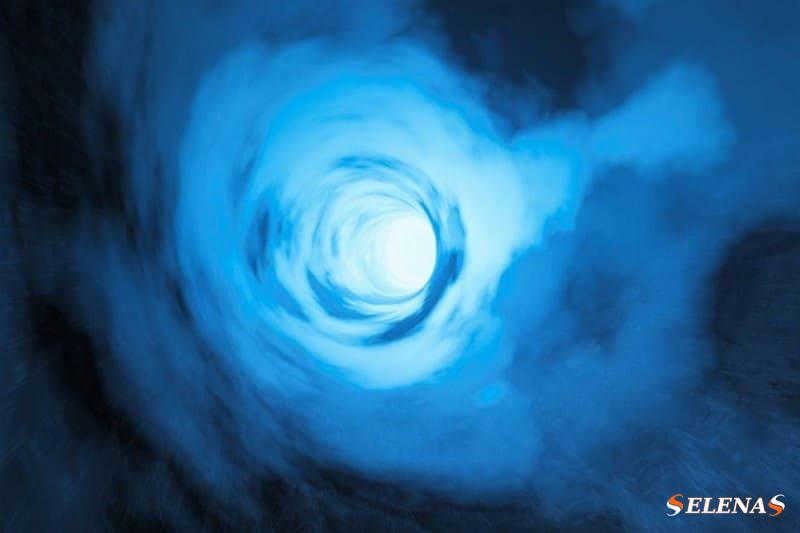
As mentioned previously, it is conceivable to come across a black hole devoid of a singularity.
Instead of encountering such a black hole, there will be a wormhole.
If we succeed in traversing the wormhole, we will bear witness to the unfolding of the universe’s history right before our very eyes, as we journey towards what lies at the other end of the wormhole.
It would be akin to someone playing a video recording of the universe’s history on fast-forward, without end.
Nevertheless, this tale concludes on a grim note, as the faster the playback speed becomes, the closer one gets to impending doom.
The light will progressively become bluer and more energetic until it instantaneously incinerates one with radiation.
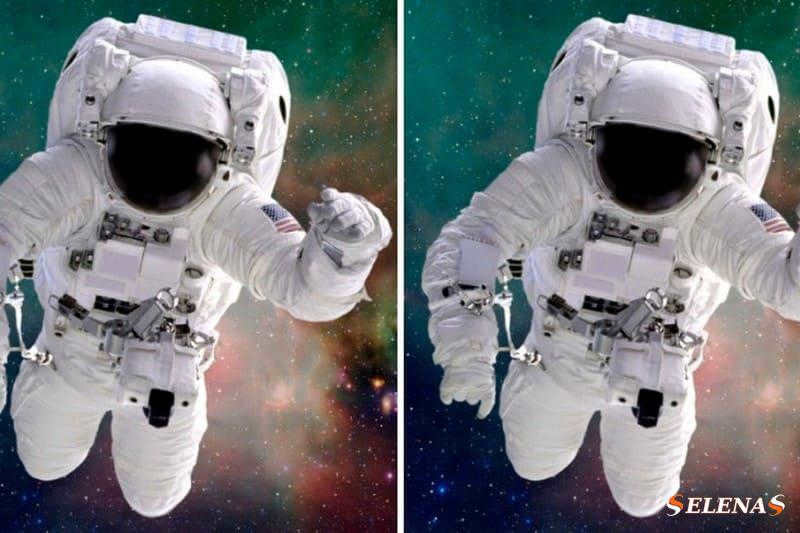
If you find yourself trapped in a black hole, whether by choice or circumstance, take a moment to survey your surroundings – there may be an escape route.
Even if returning to the universe you once knew and loved is impossible, there is still the possibility of finding safety (or at least a safer existence) in a parallel universe.
According to physicists, once you reach the singularity of a black hole, it could serve as a gateway to an alternate reality, commonly referred to as a “parallel universe.”
What this new universe holds is limited only by the bounds of one’s imagination.
There are even theories suggesting that an infinite number of alternate versions of yourself exist within an equally infinite number of parallel universes.
Ever pondered the possibilities of what might have been? What if you had pursued your dreams instead of settling down? What if you had been wealthier or poorer? What if you had pursued that attractive crush?
Well, there’s a way to actually discover the answers to these questions – by leaping into a black hole.
1. You become a component of the cosmos
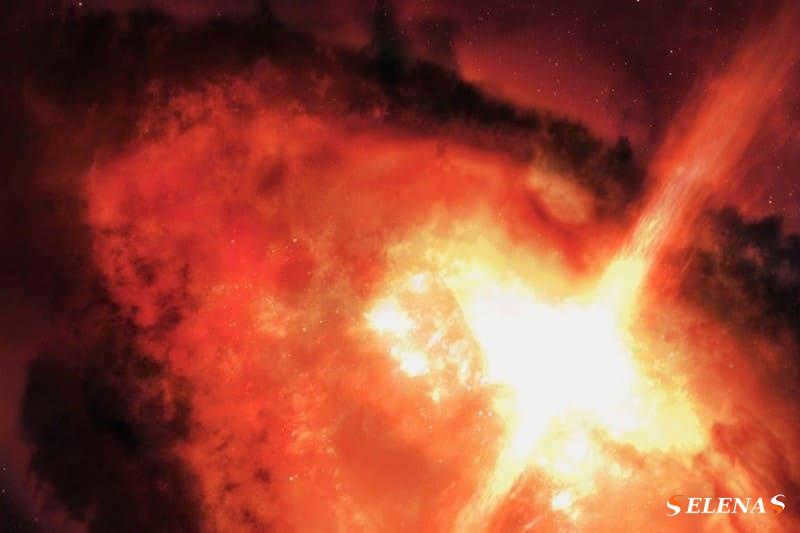
According to Hawking’s hypothesis, certain particles that enter a black hole are separated into positive and negative particles.
Over time, the black hole absorbs these particles at a slow rate.
When negative particles fall into the black hole, they decrease its mass.
The positive particles, however, possess enough energy to remain outside the black hole as radiation.
As the black hole gradually loses mass and grows hotter, it expels its contents, known as Hawking radiation, back into the universe.
In essence, this process allows for the possibility of becoming part of the universe, much like a phoenix rising from the ashes of atomic particles.
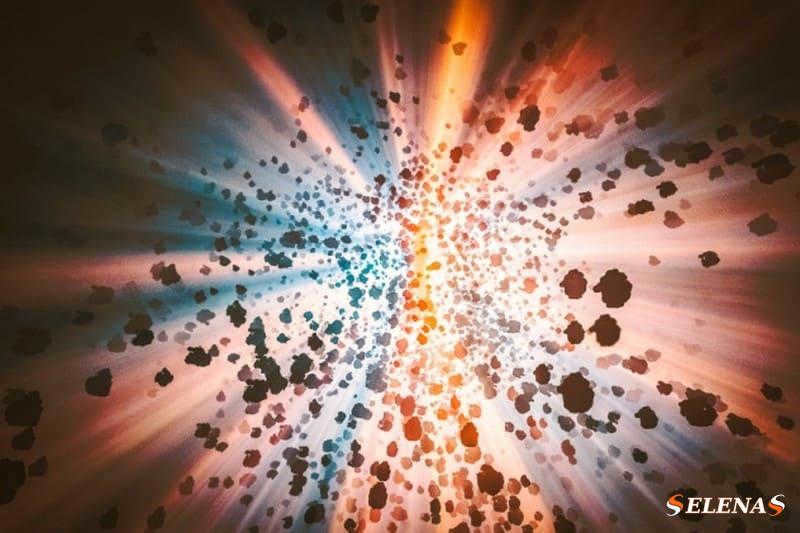
At times, we tend to overlook the evident and somber reality, as our vision is clouded by the allure of desiring something more.
Though it may sound sadistic, the most probable outcome of being engulfed by a black hole is that, even before you comprehend your existence within it, you would be annihilated.
It wouldn’t even register that you were witnessing what physicists refer to as the key to unraveling the enigmatic mysteries of the universe.
If you still have any inquiries or would like to leave a comment regarding this article, please feel free to do so in the comments section below.
Take care and see you soon! Join us!
To put it concisely, he is destined to perish. To elaborate further, the precise outcome remains unknown. Science can only speculate. However, I assure you it won’t be anything particularly pleasant.
When a black hole is at a close distance, it behaves similarly to a star of the same mass. Objects can orbit around it and remain in stable orbits for extended periods of time. Some scientists even speculate that habitable planets could exist in this region. However, as one gets closer to the black hole, the challenges become increasingly significant.
Human beings will succumb to radiation
Contrary to popular belief that a person will only be harmed by a black hole when they cross the event horizon (the boundary surrounding the black hole that prevents even light from escaping), the dangers actually begin much earlier and are undeniably fatal.
Black holes often have companions. Typically, they are accompanied by a vast amount of matter – gas, which remains after the black hole devours a star. This gas revolves at incredible speeds, giving it tremendous kinetic energy and causing it to reach extremely high temperatures.
The rapidly rotating and intensely hot matter surrounding the black hole is known as an accretion disk.
Those who have seen the movie Interstellar are familiar with the concept of an accretion disk. The black hole itself is invisible as it absorbs all light that comes into contact with it, but the swirling mass of matter around it can be observed. In April 2019, the Event Horizon Telescope Project telescopes captured an image of the accretion disk, which appeared as a glowing orange object.
Accretion disks surrounding black holes release intense electromagnetic radiation. The energy emitted in the form of X-rays and gamma rays is a million times greater than that of visible light.
Furthermore, according to theory, black holes themselves may also emit Hawking radiation. However, astrophysicists are not yet certain about this, and the power of such radiation is extremely weak.
All of these streams of charged particles that the black hole scatters over hundreds of light years are unlikely to be beneficial for one’s health. Even approaching a black hole would expose a person to deadly radiation, without needing to consider the manipulation of space-time topology or warping.
He will be incinerated by the material in the accretion disk.
The movement of material in the accretion disk of a black hole. NASA visualization. Image: NASA’s Goddard Space Flight Center / Jeremy Schnittman
Suppose that the astronaut has taken precautions for radiation safety in advance – for example, wearing a spacesuit lined with a meter thick layer of lead. And, determined to uncover the mysteries of the black hole’s depths, the astronaut continues to free fall towards it.
However, another obstacle awaits the explorer, namely the familiar accretion disk. It consists of extremely hot gas.
The disk becomes hot as the gas particles collide, creating circles of extreme speed around the black hole. The kinetic energy transforms into heat energy, and quite remarkably so – matter in the vicinity of an average black hole can reach temperatures of millions or even trillions of Kelvin. This is slightly higher than, for instance, the temperature of our Sun – 5,778 K on the surface, 15 million K in the core.
It is important to note that flying through streams of scorching plasma is highly unsafe. If not killed by radiation, the intense heat would be fatal.
The supermassive black hole situated in the center of the Messier 87 galaxy is emitting beams of plasma and causing havoc in the surrounding space. Image: NASA / The Hubble Heritage Team (STScI / AURA)
Occasionally, black holes release relativistic jets, also known as jets, into the cosmos – these are streams of plasma that travel at speeds close to the speed of light. Typically, these jets emerge in pairs and move in opposite directions from the poles.
Astrophysicists are still debating the reasons behind this phenomenon, but it appears that the magnetic fields surrounding the black hole are interacting with the gas in the accretion disk in an intriguing manner. These jets can persist for a duration of 10 to 100 million years without interruption.
Therefore, if a person were to encounter a black hole, it would be wise to avoid its poles in order to steer clear of the relativistic jets.
He will experience the phenomenon of being stretched into spaghetti
In light of the aforementioned circumstances, it might be preferable to embark on a journey to a black hole that lacks an accretion disk. Such occurrences do happen – if there are no neighboring stars from which gas can be extracted. In other words, the black hole has already absorbed all surrounding matter.
Take, for instance, the black hole located at the core of the Markarian 1018 galaxy. It has consumed all matter in its vicinity and is now devoid of gas. Astrophysicists refer to these types of black holes as “starvation holes.” Quite unfortunate, indeed.
Alternatively, the supermassive black hole Sagittarius A at the heart of our Milky Way possesses an exceptionally small and barely visible disk. This explains why it is so challenging to observe.
Overall, it is entirely possible to approach a black hole’s event horizon without encountering streams of scorching hot plasma.
The challenges that will arise for astronauts in the future will depend on the size of a black hole.
If an individual were to come into contact with an object that possesses a mass equivalent to that of a solar mass (which is 332,946 times the mass of the Earth), the following scenario would unfold.
As we approach this intriguing celestial entity, the gravitational force it exerts on the person will also intensify. At a certain distance from the black hole, a phenomenon known as the “tidal force” will occur, whereby the gravitational pull on the legs will be significantly greater than that on the head.
Physicist Neil Degrasse Tyson elaborates on the effects of this force in his book “Death in a Black Hole and Other Minor Cosmic Troubles”.
A concept art shows how a sun-like star gets spaghettified by a supermassive black hole. The image is courtesy of ESO / ESA / Hubble / M. Kornmesser.
If an astronaut falls into the black hole “soldier-like” and not sideways, the tidal forces of the black hole will tear him apart at the middle of his torso. Subsequently, his legs and torso will be further ripped in half, and this process will continue in a geometric progression until even the constituent atoms of the astronaut disintegrate into elementary particles. Eventually, all the particles will cross the event horizon.
It should be noted that the tidal force exerted by the Earth on a human body is not strong enough to cause spaghettification, so there is no need to worry.
This phenomenon is humorously referred to as spaghettification. While black hole tidal forces can spaghettify stars, they are not powerful enough to do the same to humans.
There will be an occurrence of something dreadful, but its nature will remain unknown.
The X-ray flare emitted by the Sagittarius A black hole located at the core of the Milky Way. Image: NASA / CXC / Stanford / I. Zhuravleva
According to Neil Tyson, tidal forces become stronger as the size of an object increases in relation to the distance from the center of the black hole. This implies that a small black hole will violently dismember and disintegrate an astronaut upon approach.
However, if the black hole possesses sufficient mass and an immense radius, its tidal forces will commence stretching the traveler once they have crossed the event horizon.
According to physicist Leo Rodriguez, it is possible that a person could survive in this scenario, as the event horizon is not a physical barrier but rather the limit of the black hole’s gravitational influence, preventing even light from escaping.
Just moments before crossing the event horizon, the observer might witness the distortion of light from surrounding stars, as it gets compressed into a point behind them. This compressed light would first appear red, then white, and finally blue due to the gravitational effect of the black hole, a phenomenon known as “blue-shifting”.
Visualization of the experience of falling into a black hole. It accurately portrays the distortion of the surrounding sky, although it does not consider the “blueing” effect caused by blue shift. Video: SkitlerRemix/Youtube
However, the exact events that occur beyond the event horizon remain uncertain. This is due to the fact that the conventional laws of physics cease to apply in that region. As a result, scientists can only speculate on the fate of matter inside a black hole.
According to Neil Tyson’s belief, it is highly likely that an individual would be safely spaghettified, although this would occur behind the event horizon rather than in front of it. Subsequently, whatever remains of the traveler would collapse into a singularity, which is a region of space with infinite density at the center of the black hole. There lies the mysterious outcome.
"Spaghettify safely" – I really enjoy that phrase! 🙂 So, to answer the question asked in the title, the length of the pasta would be infinite.
There won’t be any spaghettification, as the gravitational force doesn’t increase drastically, and objects cannot stretch indefinitely.
However, it is worth noting that individuals have been elongated safely using a rack. Muscles can tear easily both on Earth and even in the presence of a black hole.
The closest black hole is actually located within the planet Earth. While this black hole is smaller than the one found within the Sun, it is still a genuine black hole and is responsible for the creation of our planet. Just like any other star or planet in our energetic universe, the Sun is the result of a battle between multiple fractals that have achieved resonance. When I refer to fractals, I am referring to parallel universes that exist on different levels and vibrational states. When these oscillations achieve resonance, the fractals on that level are able to overcome the Coulomb barrier, leading to a thermonuclear fusion reaction that gives rise to all the known elements of this process. This ultimately results in the formation of a black hole between universes on one side and a new star on the other. When the fractals are significantly smaller, planets are formed. This is how the structure of the Sun is created: it is a torus with a nearly aligned rotation point, within which lies a black hole that triggers the thermonuclear fusion reaction responsible for generating the electromagnetic field, gravity, thermal energy, and other properties of this process. Recent images of the Sun’s pole that have surfaced online confirm this theory. Taking into account the multilevel and fractal nature of our world, all the processes that occur within a larger fractal are similar to those within a smaller fractal, which is nested within the larger one. Therefore, our planet Earth is similar to the Sun, but on a much smaller scale. As for volcanoes, they function as safety valves in the cooling system of Earth’s thermonuclear fusion reactor, releasing excess pressure from the black hole on the reactor’s electromagnetic field. The helium-3 found in volcanic vents originates from this process, as does water and all the minerals found on Earth. In the photo of the Sun’s northern pole, it is clear that the temperature approaches that of space, indicating that the Sun is a torus with an almost perfectly aligned center of rotation. This confirms that we are actually observing the black hole itself, through which we glimpse into a parallel universe.
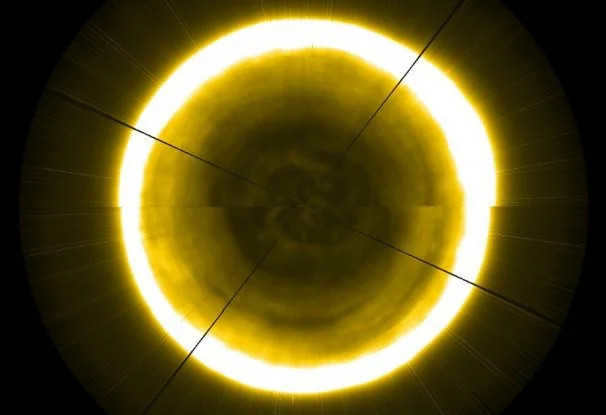
“The process of recognizing scientific truth can be divided into three stages: initially, it may seem absurd; then, one starts to acknowledge that there might be some validity to it; finally, it becomes common knowledge.” – Ernest Rutherford. Source: https://ru.citaty.net/avtory/ernest-rezerford/
If you are unable to comprehend the information, it is solely your responsibility and not mine. It does not reflect your level of knowledge, mindset, education, intelligence, or upbringing. I kindly request that you leave, as your presence is unwelcome.
I possess such a vast amount of knowledge that it feels as though I have inhabited countless planets similar to Earth for an unimaginable length of time. This world is completely transparent to me, and all I desire is peace, serenity, and the harmonious experience of merging with the infinitely eternal. I find solace in contemplating the remarkable similarity of fractals and the wondrous unity of existence, which is both infinitely small and infinitely large, no matter where I direct my gaze. Do you comprehend? And yet, here you are, persistently preoccupied with trivial matters. Your understanding and perception of nature is incomprehensibly shallow in comparison to mine. It is as if I have been an elderly being for an extensive period, nearly immortal, present on this planet since its inception when the Sun was still forming as a star. From the explosion of the Sun and the subsequent formation of this gas-dust cloud, which eventually gave rise to coacervates and planets, I have resided on Earth for nearly five billion years, becoming intimately acquainted with every aspect of it. It is perplexing to me that you would attempt to enlighten me with your limited understanding.
The Universe’s most enigmatic entity is undoubtedly the black hole. Physicists and astrophysicists have long grappled with defining it, resulting in varying interpretations found even in different dictionaries.
General knowledge on black holes
⚫️ Former massive stars that have exploded or supermassive black holes whose origins remain a mystery make up these celestial entities. It is believed that supermassive black holes were formed in the early stages of the universe. ⚫️ The mass of these black holes can be billions of times greater than that of the Sun. ⚫️ They possess such immense gravitational pull that even light is unable to escape, leading to their name. These black holes do not emit or reflect light; instead, they absorb it. Additionally, their gravitational force warps both space and time. ⚫️ Scientists have identified the existence of an event horizon, which serves as a spherical boundary beyond which matter cannot escape. ⚫️ It is widely believed that black holes have a spherical or spheroidal shape. ⚫️ Over a thousand cosmic objects with properties similar to those of black holes have been discovered to date, with potentially millions more yet to be found. ⚫️ According to Stephen Hawking, black holes grow larger by consuming matter but shrink in size due to the loss of a small amount of energy. ⚫️ The first-ever photograph of a black hole was captured on April 10, 2019. This photograph was taken at the center of the galaxy Messier 87, which is located 54 million light-years away from Earth. Coincidentally, the film Interstellar, released five years prior, presented a slightly different depiction of black holes, although the variances were not catastrophic.
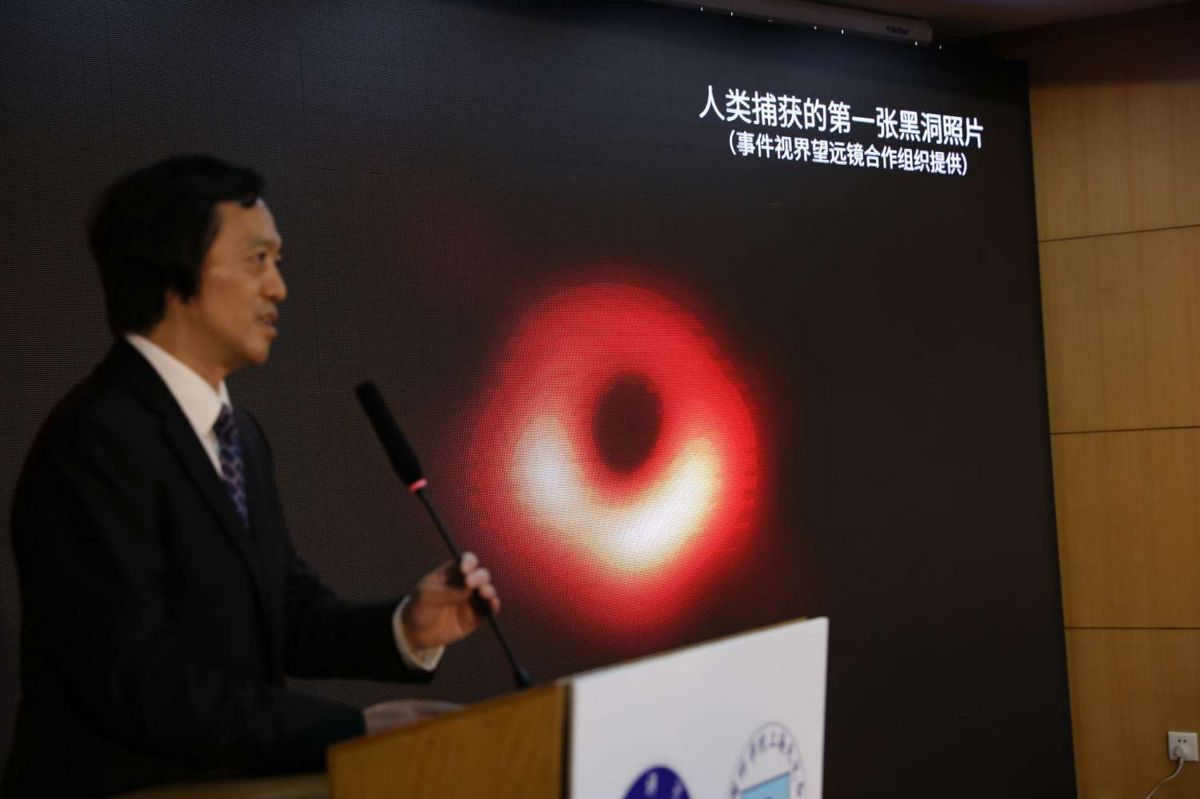
What happens when you fall into a black hole?
When an object falls into a black hole, it is pulled in by the strong gravitational force. This can include gas, dust, or any other matter nearby. As these substances get closer to the black hole, they start to rotate around it in what is known as an accretion disk. As they rotate, they heat up and emit radiation, which can be seen as light.
What mysteries lie inside a black hole?
- Could it be an abyss where the laws of physics cease to exist?
- Perhaps there are hidden pathways to other universes.
What fate awaits those who venture into a black hole?
There are two fundamental theories that may apply:
- Upon entering, one may be instantaneously torn apart into atoms.
- Alternatively, it is possible to pass through the event horizon unharmed.
One intriguing concept is known as “spaghettification.” According to Hawking, if we imagine an astronaut crossing the horizon of a black hole, they would be stretched thin like strands of spaghetti due to the uneven gravitational field.
Hawking also speculates that the singularity, or core, of a black hole could be a gateway to an alternate reality or parallel universe.
There exists a certain hypothesis. If one were to become fully immersed within a black hole, the fabric of reality would be divided into two distinct realms: in one, annihilation would be inevitable, while in the other, one would remain intact within the depths of the black hole.
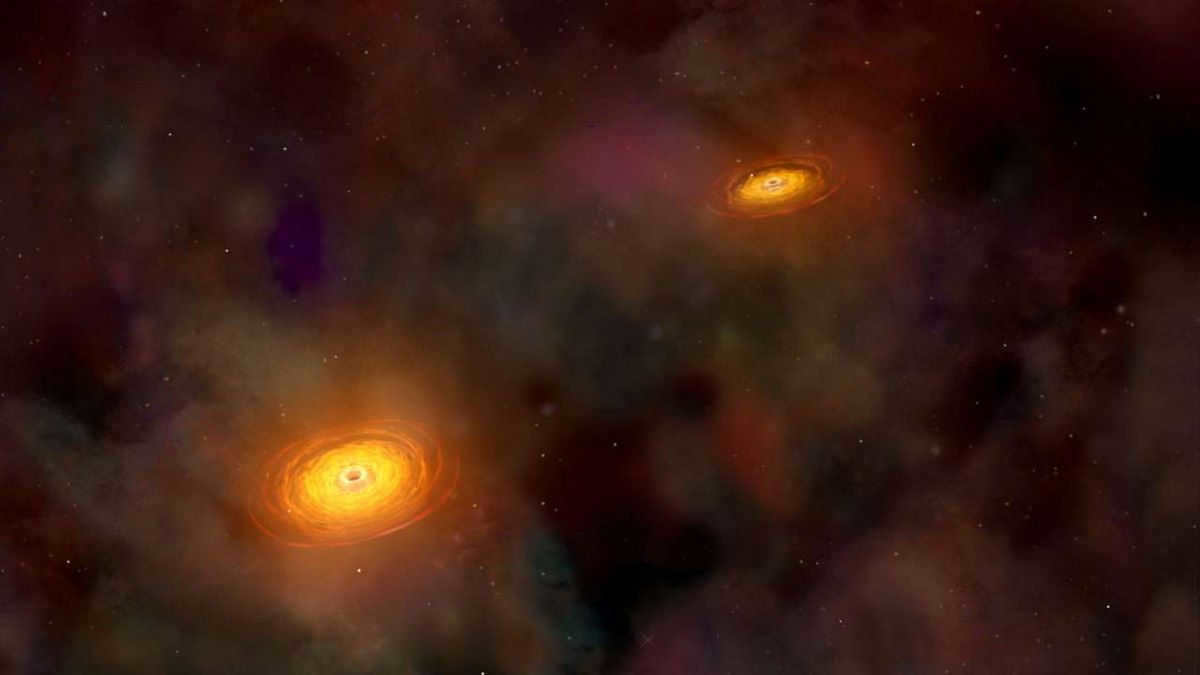
Additional Information
The most massive black hole ever discovered weighs 40 billion times more than the Sun.
In the extremely distant future, once stars and galaxies have faded away, black holes will be the final survivors. It is difficult to comprehend just how many years it will take for them to eventually cease to exist.
There is also the intriguing question of what occurs when two black holes collide. Although this scenario is highly unlikely due to the vast distances between them, if it were to happen, the result would be an even larger black hole.

